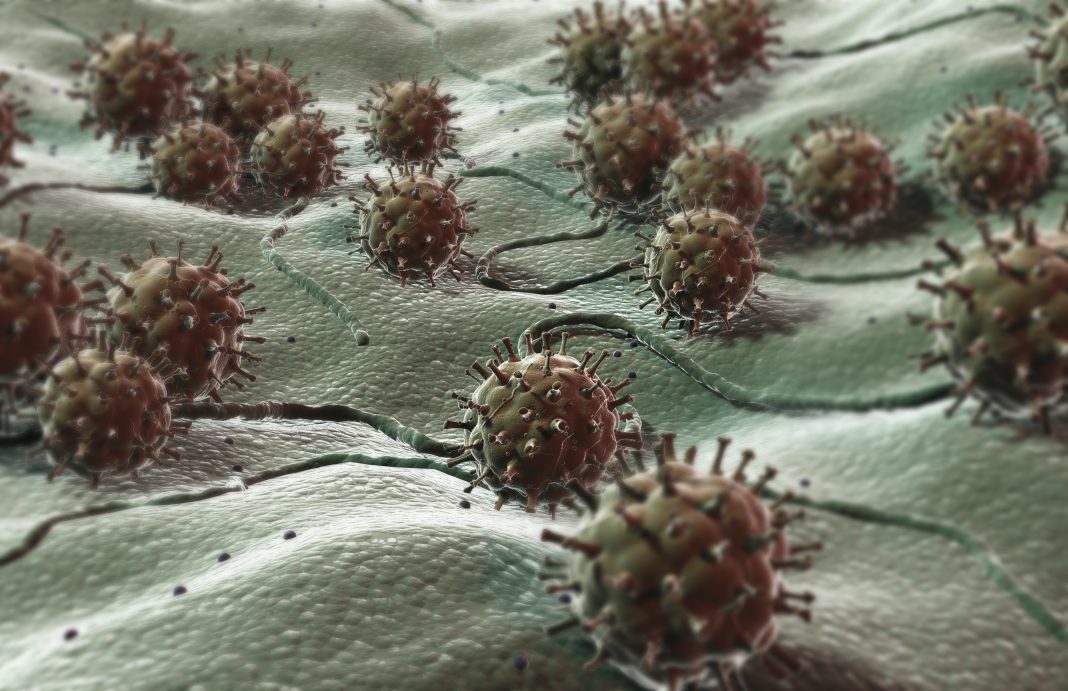After an investigation in an adverse event, Bluebird Bio announced that it is “very unlikely” that the BB305 lentiviral vector (LVV) caused the case of acute myeloid leukemia (AML) which was reported in one of its clinical trials assessing its LentiGlobin gene therapy for sickle cell disease (SCD).
Last month, Bluebird Bio reported two, separate, adverse reactions. These events, known as Suspected Unexpected Serious Adverse Reactions, or SUSARs, resulted in Bluebird Bio placing both trials on a temporary hold on the clinical trials. The trials were the Phase I/II (HGB-206) and Phase III (HGB-210) studies of LentiGlobin gene therapy for sickle cell disease.
Over the past few weeks, Bluebird Bio has been investigating both adverse reactions. Bluebird noted that it has been, “a tough few weeks,” but that they will come out smarter and stronger for it.
SUSAR #1: Acute myeloid leukemia
On February 16, Bluebird Bio announced that a patient in the HGB-206 trial, who was treated more than five years ago, was diagnosed with AML. In addition, integration of the vector was found in leukemic cells.
To understand whether the vector could have caused the AML, Bluebird Bio’s investigation focused on three questions: Are classical AML driver mutations present? Is the site of vector integration unremarkable? Is the vector inert in the AML cells?
As reported by Bluebird Bio on February 25, 2021, laboratory analyses showed that this patient had significant chromosomal abnormalities and mutations in genes typically associated with the development of AML. Specifically, mutations in the RUNX1 and PTPN11 genes have been detected in the leukemic cells of this patient. Preliminary findings suggested that the BB305 LVV vector was present in the AML blast cells, but there was not sufficient information to determine causality.
Since then, and with the advice of several independent leading academic experts in lentiviral vector gene therapy, Bluebird Bio has performed additional scientific assessments to determine where in the genome the LVV insertion occurred, and if this integration was responsible for any change in gene regulation or gene expression nearby.
Multiple independent analyses have confirmed that vector insertion in the AML cells from this patient took place in the VAMP4 gene, or vesicle-associated membrane protein 4. VAMP4 itself has no known role in the development of AML or with any cellular process related to cancer.
Bluebird Bio also assessed if there was any disruption to normal gene regulation or gene expression in and around the site of vector insertion. Based on completed analyses, the insertion into the VAMP4 gene has had no impact on gene expression or gene regulation nor caused any disruption of nearby genes.
“In addition to our earlier findings of several well-known genetic mutations and gross chromosomal abnormalities commonly observed in AML in this patient, our latest analyses identified the integration site for the vector within a gene called VAMP4. VAMP4 has no known association with the development of AML nor with processes such as cellular proliferation or genome stability. Moreover, we see no significant gene misregulation attributable to the insertion event,” said Philip Gregory, chief scientific officer, Bluebird Bio.
Based on the available results to date, Bluebird Bio believes that the case of AML is very unlikely related to the BB305 LVV. Given this, the company has initiated engagement with regulators to begin the process of resuming clinical studies for sickle cell disease and β-thalassemia.
“In totality,” said Gregory, “the data from our assessments provide important evidence demonstrating that it is very unlikely our BB305 lentiviral vector played a role in this case and we have shared with the FDA that we believe these results support lifting the clinical holds on our β-thalassemia and sickle cell disease programs.”
SUSAR #2: Myelodysplastic syndrome
A second SUSAR of myelodysplastic syndrome (MDS) in a patient from HGB-206 was reported in early February and is currently being investigated to determine if the clinical findings meet the criteria to be classified as a case of MDS and, if so, if LentiGlobin for SCD had any role. This patient was treated much more recently—only six months ago.
The MDS diagnosis was based on prolonged anemia following LentiGlobin for SCD infusion coupled with the observation of trisomy 8 in a small percentage of the patient’s bone marrow cells. However, no blasts or dysplastic cells were seen in an examination of the patient’s bone marrow, and while trisomy 8 is associated with myeloid malignancies, this finding is not sufficient for a diagnosis of MDS in the absence of blasts or dysplastic cells.
What is the next step in this case? Bluebird Bio said that they need to confirm the diagnosis. After they clarify what is occurring in that patient, everything will follow from there.



